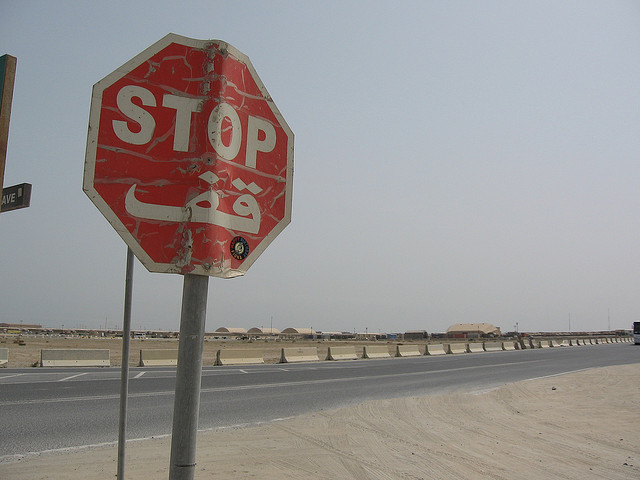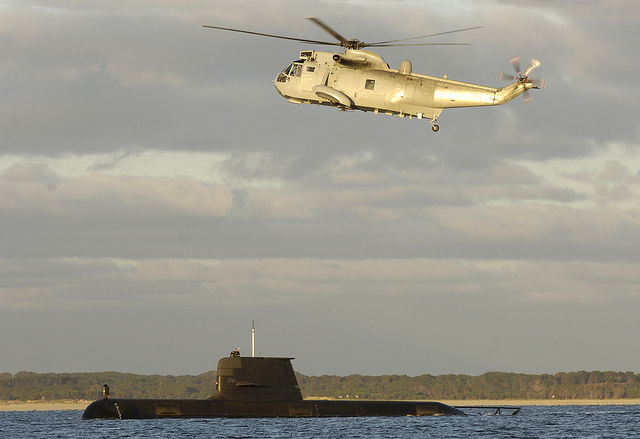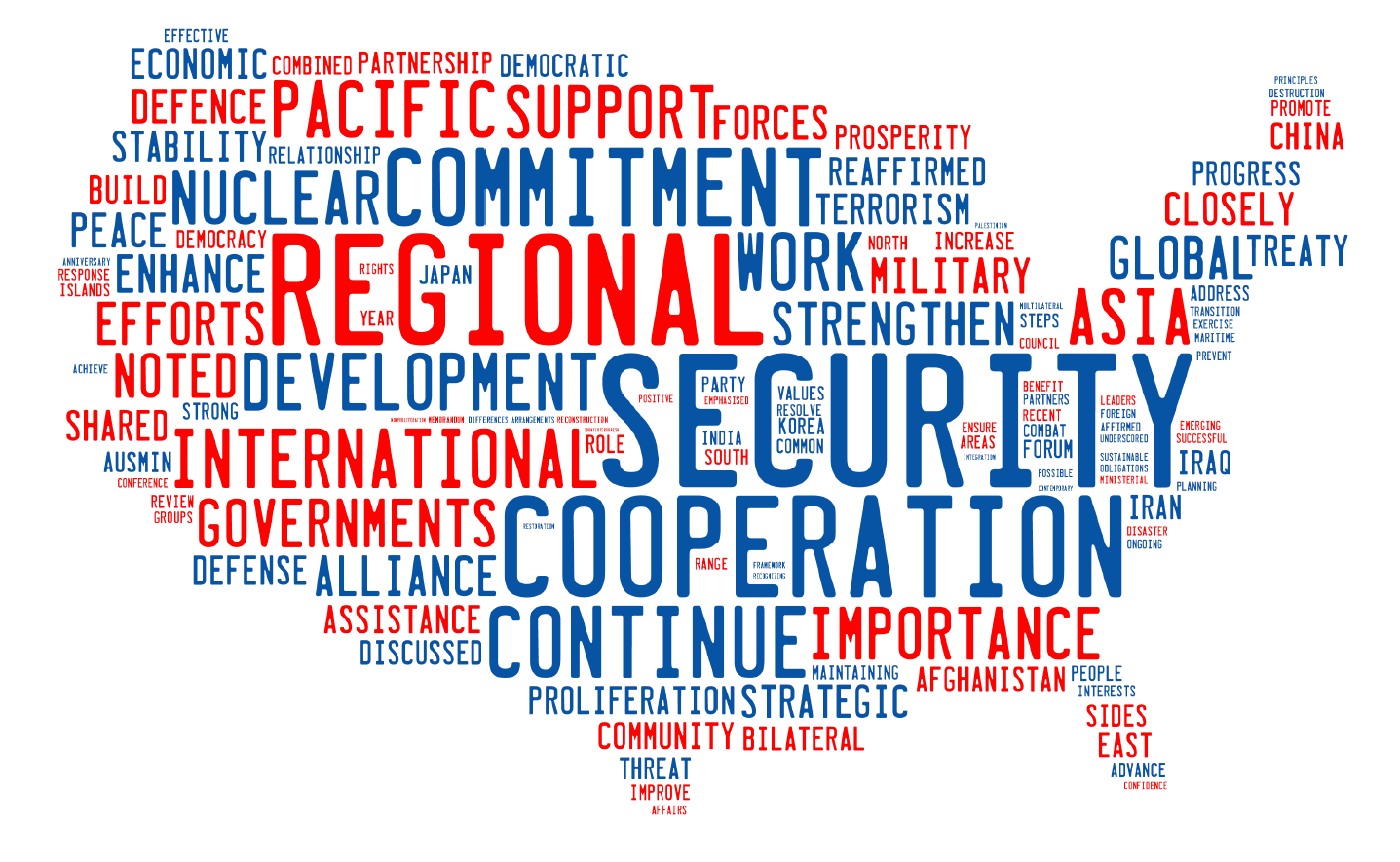Nothing Found
Sorry, no posts matched your criteria
Sorry, no posts matched your criteria
 Jim Molan wrote recently that the ADF is ‘…being pushed into a state where its capabilities are at, or will soon be at, a state from which they will not be able to be revived in any reasonable period of time—a situation of terminal decline’. Regular readers of this blog will know that I have no reluctance to argue with Jim, but in this case I think he’s not too wide of the mark. For the amount the government spends, I don’t think we get much of a return in terms of military options available.
Jim Molan wrote recently that the ADF is ‘…being pushed into a state where its capabilities are at, or will soon be at, a state from which they will not be able to be revived in any reasonable period of time—a situation of terminal decline’. Regular readers of this blog will know that I have no reluctance to argue with Jim, but in this case I think he’s not too wide of the mark. For the amount the government spends, I don’t think we get much of a return in terms of military options available.
It’s not too hard to find examples that support Jim’s contention. Navy has managed to keep a frigate on station in the Gulf for over a decade, but has conspicuously failed to maintain an acceptable level of capability in its amphibious and submarine fleets. Army and Air Force have both managed to do the jobs they’ve been called upon to do, but recapitalisation of the air combat fleet ($15 billion) and protected mobility for land forces (over $10 billion) at the same time as a new submarine fleet (potentially $30–40 billion) and replacement frigates (over $10 billion) is going to be a very big ask in the future fiscal environment we’re likely to see. Read more
 This is a shortened version of a longer paper presented to the Alliance 21 meeting in Washington. Abridgment by Kristy Bryden.
This is a shortened version of a longer paper presented to the Alliance 21 meeting in Washington. Abridgment by Kristy Bryden.
Islamist extremism—sometimes also referred to as radical Islamism or jihadism—motivates a diverse global movement that has the potential to affect the peace, prosperity and security of nations world-wide. It is important to clarify the distinction between Islam (a religion), Islamism (political Islam) and Islamist extremism, as one can combat the latter without being at all hostile to Islam.
My Hudson Institute colleague Abram Shulsky, Brookings Institution scholar William Galson and I recently published a study entitled Organizing for a Strategic Ideas Campaign to Counter Ideological Challenges to US National Security (PDF). Among the key recommendations of the study were the creation of: a strategy for countering Islamist extremism; an interagency body to direct the efforts of country teams and combatant commands to implement the strategy; and a new private organisation modelled on the National Endowment for Democracy (NED) to support constructive voices and conduct research.
There’s potential for US-Australian cooperation on this issue. In particular, there’s value in working together on a common threat assessment and in pooling experience to produce common doctrine to counter extremist ideology. This would involve an agreement on: the definition of Islamist extremist ideology; the nature of the national security threat posed by Islamist extremist ideology; the identification of key individuals and groups in the Islamist extremist movement; and finally, a doctrine for countering the ideology. Read more
 This is a shortened version of a longer paper presented to the Alliance 21 meeting in Washington. Abridgment by Kristy Bryden.
This is a shortened version of a longer paper presented to the Alliance 21 meeting in Washington. Abridgment by Kristy Bryden.
The arrival of US Marines in Australia has started a national, regional and international debate that will run for some time. The debate centres on the obvious advantages of an enhanced regional humanitarian and disaster response (HADR) capability and the disadvantage of an increased US military presence in Australia, seen by China part of a wider effort to circumscribe their emergence as a regional, and potentially global, power.
How the increased US presence is understood within the region will do a lot to shape the nature of the alliance between Australia and the United States into the 21st century. It’s hard however, to counter the perception that the increased US military presence in Australia is a response to the growing power of China. The reality of the deployments and the potential for more extensive deployments, especially air and naval forces with strategic reach, places Australia firmly in the American camp. Read more
 Andrew Davies’ recent post on The Who, What, Where, and Why of the Future Submarine reverts to the beginning of the argument about submarines. Anyone who read my earlier response, ‘Why submarines for Australia?’ would guess that I disagree with some of the points he is making!
Andrew Davies’ recent post on The Who, What, Where, and Why of the Future Submarine reverts to the beginning of the argument about submarines. Anyone who read my earlier response, ‘Why submarines for Australia?’ would guess that I disagree with some of the points he is making!
I’ve previously endeavoured to show the limitations of a defensive strategy for Australia’s submarine operations. Restricting Australia’s submarine capability to operating in or below the Indonesian archipelago by acquiring a smaller submarine might be cheaper, but it wouldn’t be money well spent. The SIA’s submission to the 2013 Defence White Paper argues the case well.
Given the unfolding strategic landscape, we should indeed accept Andrew’s challenge and convince ourselves that our submarine force must be able to operate north of the archipelago, throughout the South China Sea, and be able to observe, report and if necessary strike. Read more
 Statements of mutual appreciation are never far from centre stage at an Australia-United States Ministerial Consultations (AUSMIN) meeting. In 2002, both sides agreed that the meeting came at a time “when the bilateral security alliance [between the United States and Australia] had never been stronger”, and this sentiment has been repeated in various ways at each of the meetings in the years since. The statements made at the sixtieth-anniversary of the ANZUS alliance commemorated at last year’s AUSMIN were particularly emotive, with both Australia and the U.S. pointing to their shared military sacrifices, democratic values, influence and interests in the Asia Pacific region, and common strategic objectives.
Statements of mutual appreciation are never far from centre stage at an Australia-United States Ministerial Consultations (AUSMIN) meeting. In 2002, both sides agreed that the meeting came at a time “when the bilateral security alliance [between the United States and Australia] had never been stronger”, and this sentiment has been repeated in various ways at each of the meetings in the years since. The statements made at the sixtieth-anniversary of the ANZUS alliance commemorated at last year’s AUSMIN were particularly emotive, with both Australia and the U.S. pointing to their shared military sacrifices, democratic values, influence and interests in the Asia Pacific region, and common strategic objectives.
With the 2012 AUSMIN conference fast approaching, we decided to take a look at the language that has dominated at least the public face of AUSMIN over the past decade. From its beginnings in 1985, the annual meeting has provided an insight into the joint concerns of both Australia and the United States. As we can see from the word cloud above—constructed from the public communiques issued at the end of each meeting—the language has been dominated by ‘soft’ terms such as ‘cooperation’, ‘security’ and ‘commitment’, at the bilateral, global and regional level. Conversely, despite the rhetorical importance placed upon shared sacrifices, the two major theatres where Australian and American forces have been engaged—Iraq and Afghanistan—are relatively inconspicuous. Read more